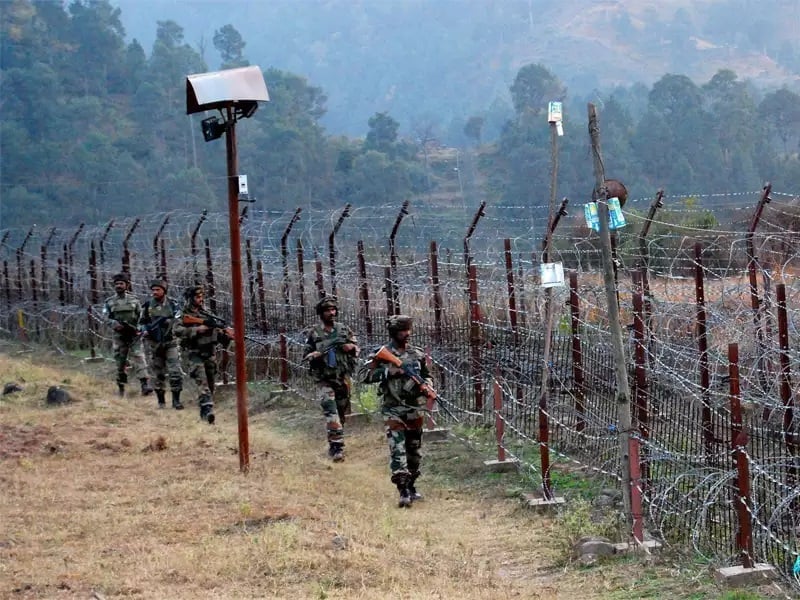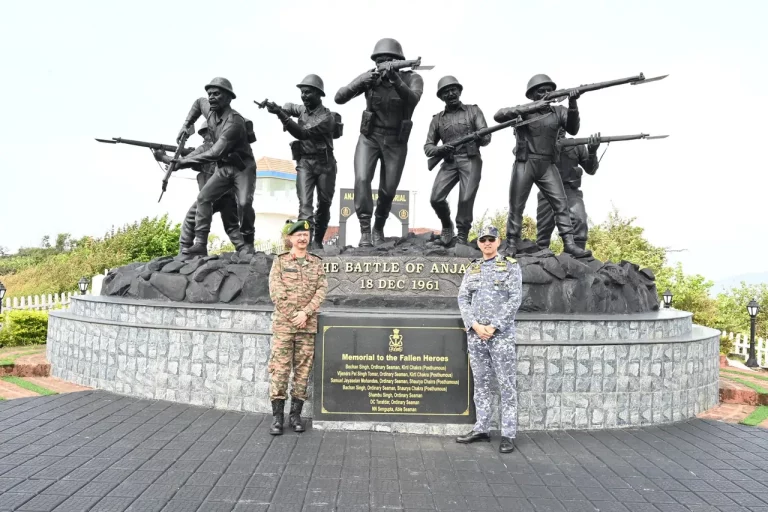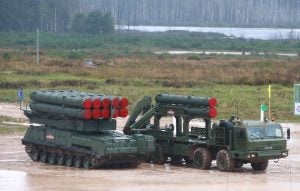Intelligence agencies are expressing alarm over a marked increase in terrorist activity along the Line of Control (LoC), particularly in the lead-up to the deadly Pahalgam attack on April 22, which resulted in the deaths of 26 individuals. Reports suggest that from December 2024 through March 2025, more than 120 armed terrorists were positioned monthly at launch pads opposite Jammu and Kashmir, awaiting opportunities to infiltrate Indian territory.
This influx signifies a drastic rise compared to the previous year, where the monthly figures averaged between 40 to 50 terrorists. Specifically, December 2024 reported 167 terrorists in position, followed by 146 in January, 138 in February, and 122 in March. Intelligence sources attribute this surge to intensified operations by the Pakistan Army and its intelligence arm, the ISI, focusing primarily on groups such as Lashkar-e-Taiba (LeT) and its affiliate, The Resistance Front (TRF), which later claimed responsibility for the Pahalgam attack. Notably, the timing of the attack coincided with the visit of US Vice President JD Vance to India, amplifying concerns regarding regional security.
Sources indicate that approximately 55 to 60 Pakistani terrorists may have already crossed into Jammu and Kashmir, where they are allegedly hiding. These operatives have been directed to engage in regular shootings, conduct Border Action Team (BAT) operations—joint efforts involving Pakistani soldiers and terrorists—and execute attacks using improvised explosive devices (IEDs).
In response to the escalating threats following the Pahalgam incident, authorities have mandated the Border Security Force (BSF) and the Indian Army to heighten their vigilance for infiltration tunnels. These subterranean pathways may facilitate the movement of both terrorists and regular troops from Pakistan into India. A tunnel discovered in 2020, measuring 500 meters in length and 30 meters deep, was found equipped with an oxygen supply for infiltrators. Similar tunneling methods have been employed in notorious attacks like the 2019 Pulwama bombing and the 2016 Nagrota camp assault.
Reports suggest that Pakistan is leveraging ex-servicemen and properties located near the border to construct these tunnels, while the growth of tall elephant grass is being intentionally cultivated to obscure movements. Approximately 80% of the terrorists stationed at the launch pads are identified as belonging to LeT, with others linked to groups such as Jaish-e-Mohammad and Al-Badr.
Despite the discovery of 22 tunnels since 2001, officials caution that many more may remain undetected, presenting an ongoing threat in the midst of heightened tensions along the Line of Control. The intelligence landscape highlights the urgent need for comprehensive measures to counter this emerging wave of cross-border terrorism.

















